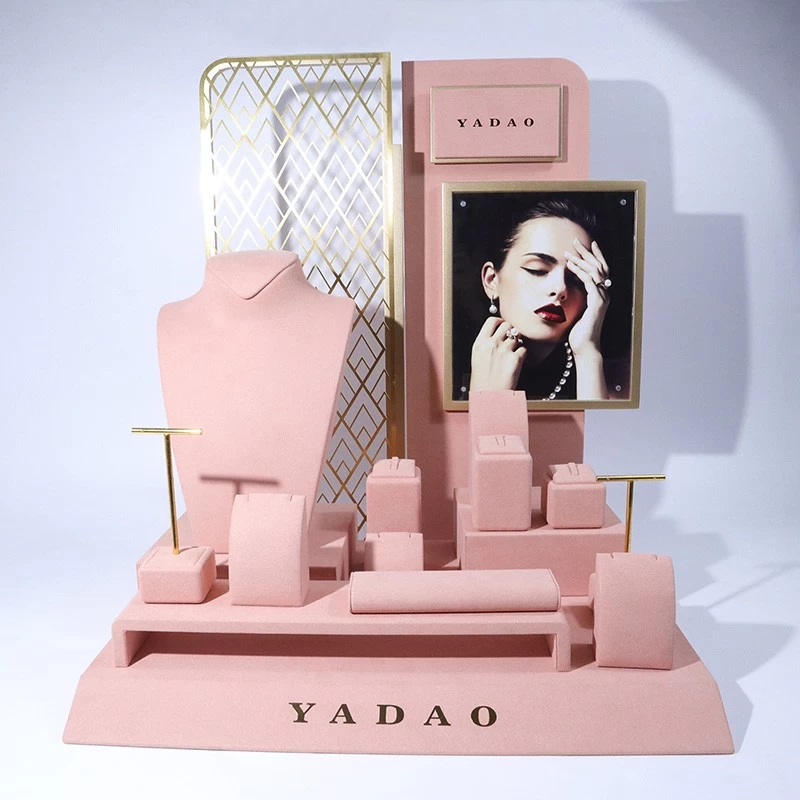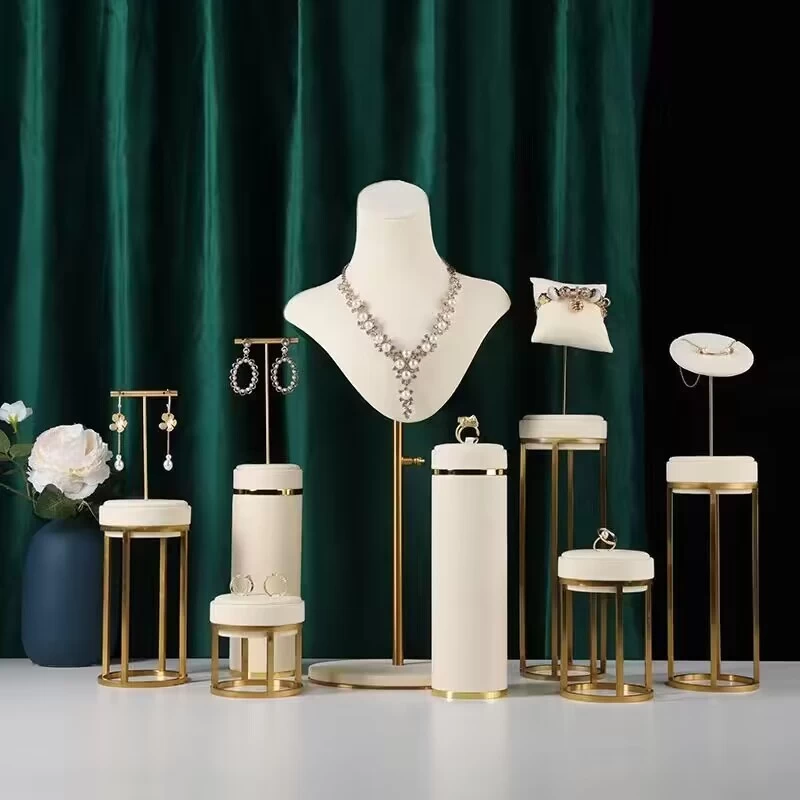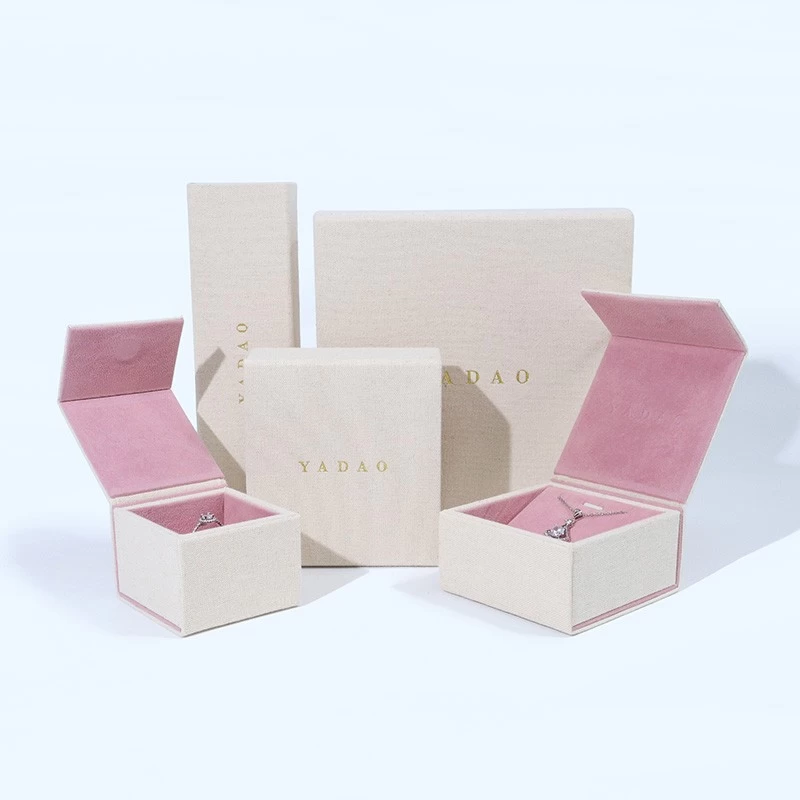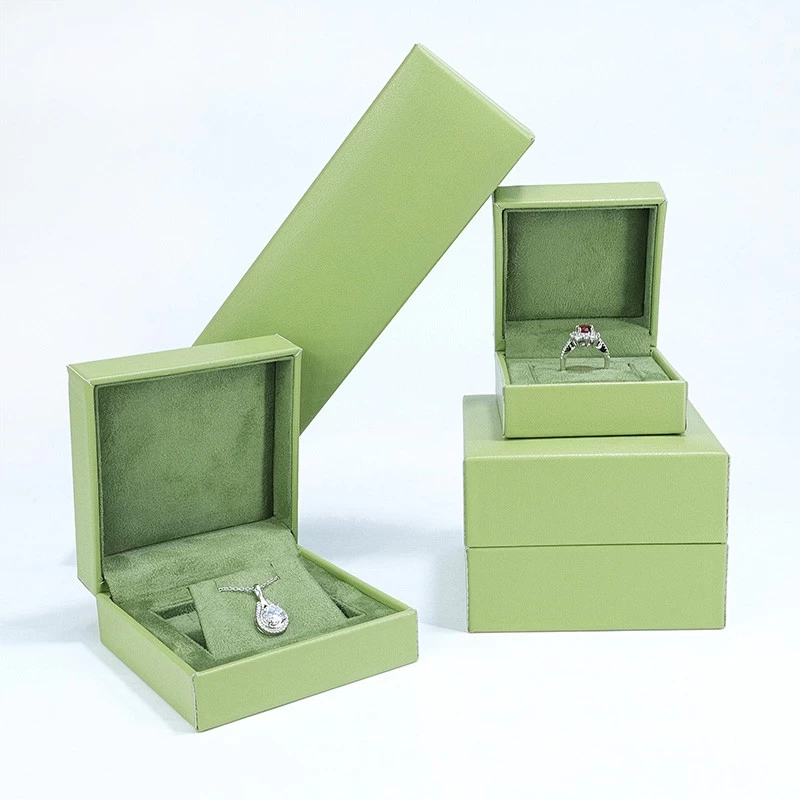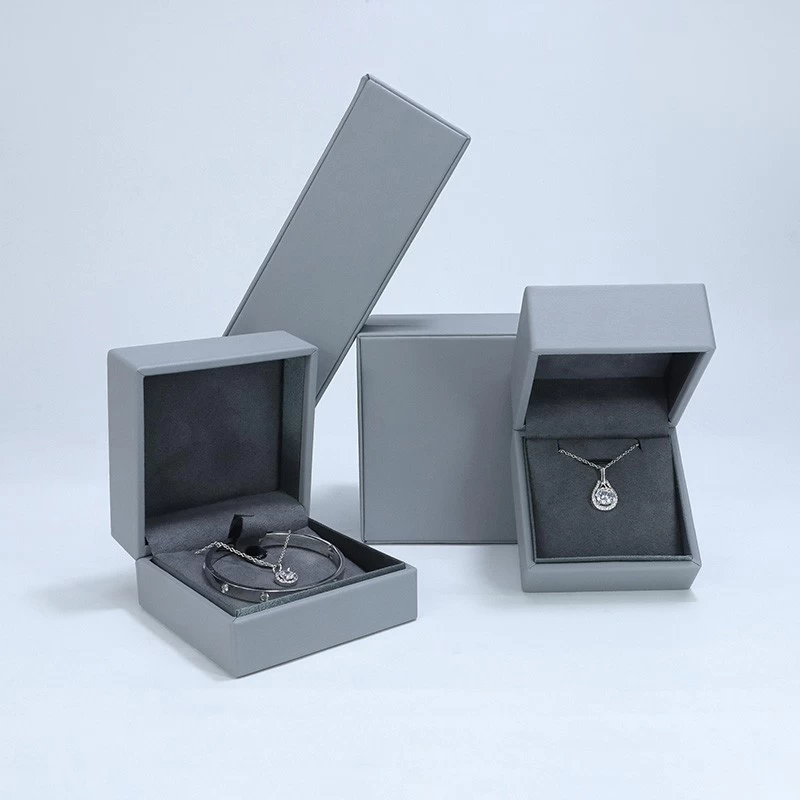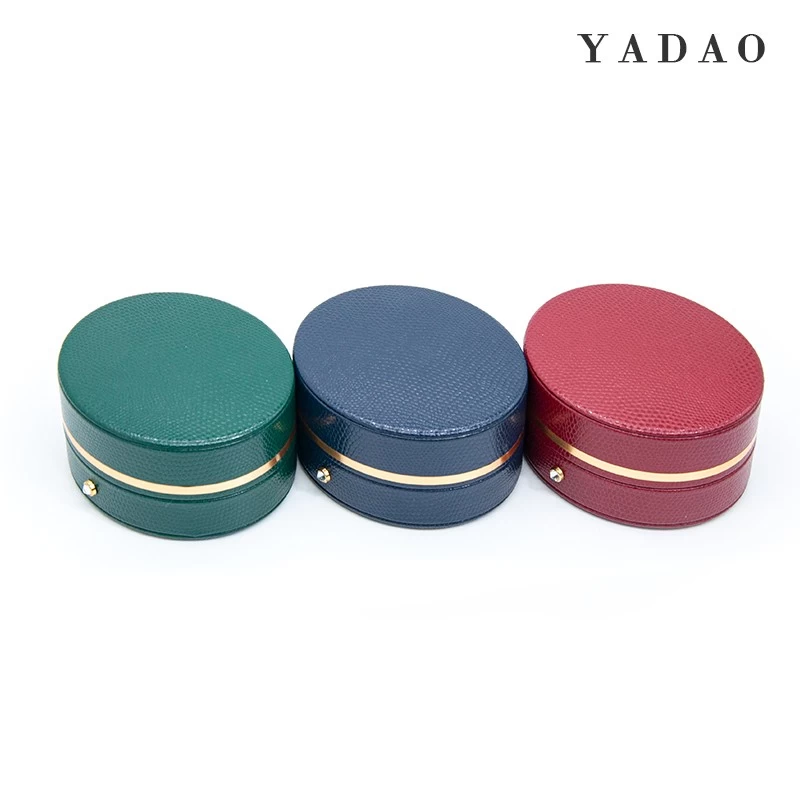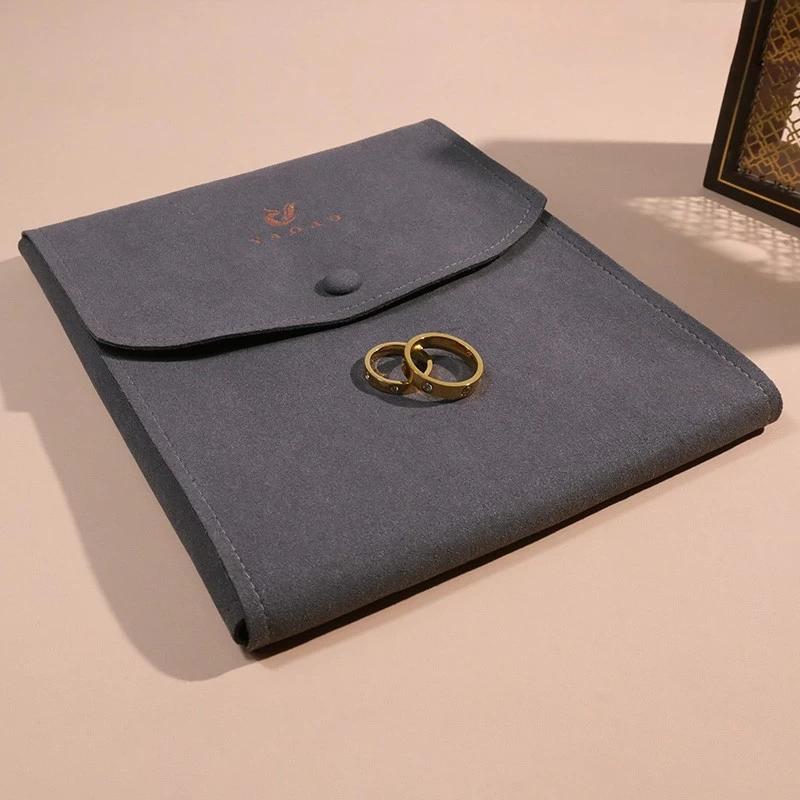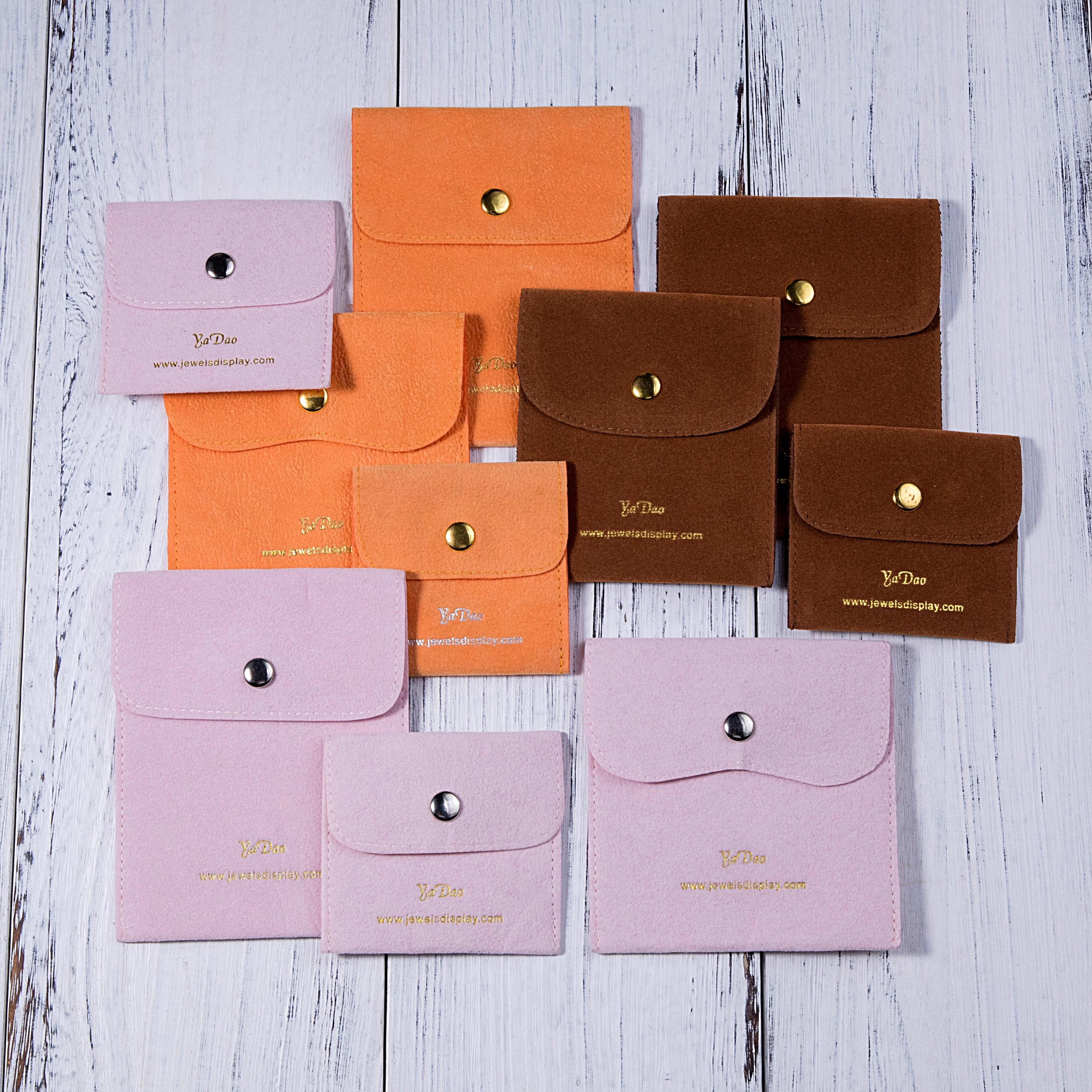Handcrafted vs. mass-produced jewelry packaging
Handcrafted and mass-produced jewelry packaging represent two distinct approaches that cater to different market preferences and production philosophies.
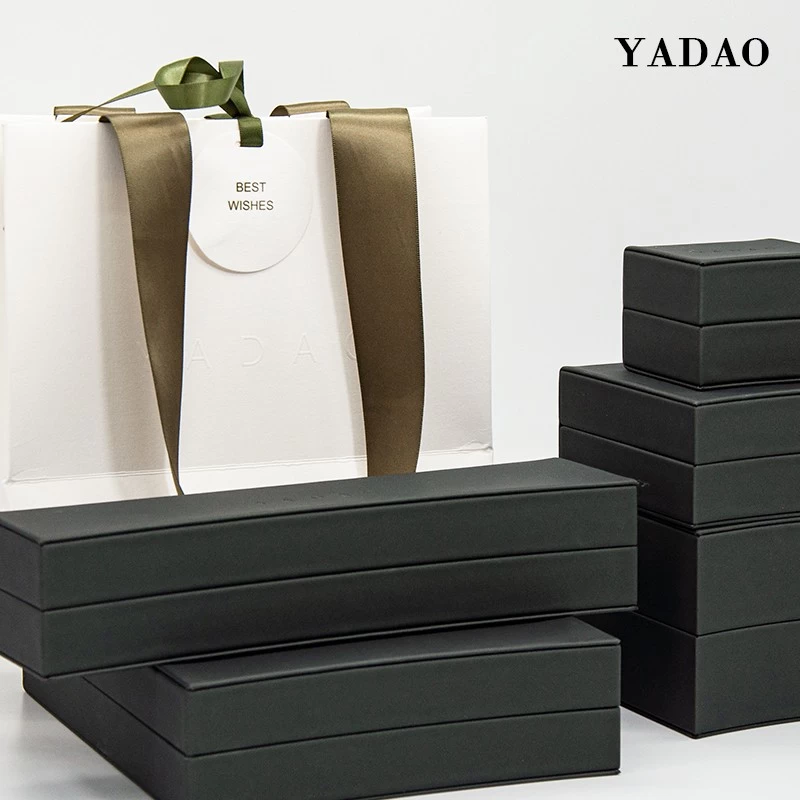
Handcrafted jewelry packaging embodies artisanal craftsmanship and bespoke design. Each piece is meticulously created by skilled artisans, often using traditional techniques and high-quality materials such as hand-dyed silk, leather, or sustainable wood. These materials are selected for their aesthetic appeal and ability to convey luxury and uniqueness. Handcrafted packaging often includes intricate details like hand-sewn embroidery, personalized engravings, or custom-made boxes that complement the jewelry's elegance.
The appeal of handcrafted packaging lies in its exclusivity and artisanal touch. Customers value the craftsmanship and attention to detail that goes into each piece, viewing it as a reflection of the jewelry's quality and the brand's commitment to artisan traditions. Handcrafted packaging also allows for customization, offering brands the opportunity to create personalized experiences for their clientele.
On the other hand, mass-produced jewelry packaging focuses on efficiency, scalability, and cost-effectiveness. These packaging solutions are typically standardized and manufactured in large quantities using automated processes and economical materials such as cardboard, plastic, or synthetic fabrics. Mass-produced packaging is designed to be functional and visually appealing while meeting commercial demands for consistency and affordability.
The advantages of mass-produced packaging include lower production costs, faster turnaround times, and the ability to meet high-volume orders efficiently. It allows jewelry brands to maintain consistency in branding and presentation across different markets, ensuring widespread accessibility and recognition.
However, mass-produced packaging may lack the artisanal charm and uniqueness associated with handcrafted alternatives. It can sometimes be perceived as generic or less environmentally friendly due to the materials used and the scale of production.
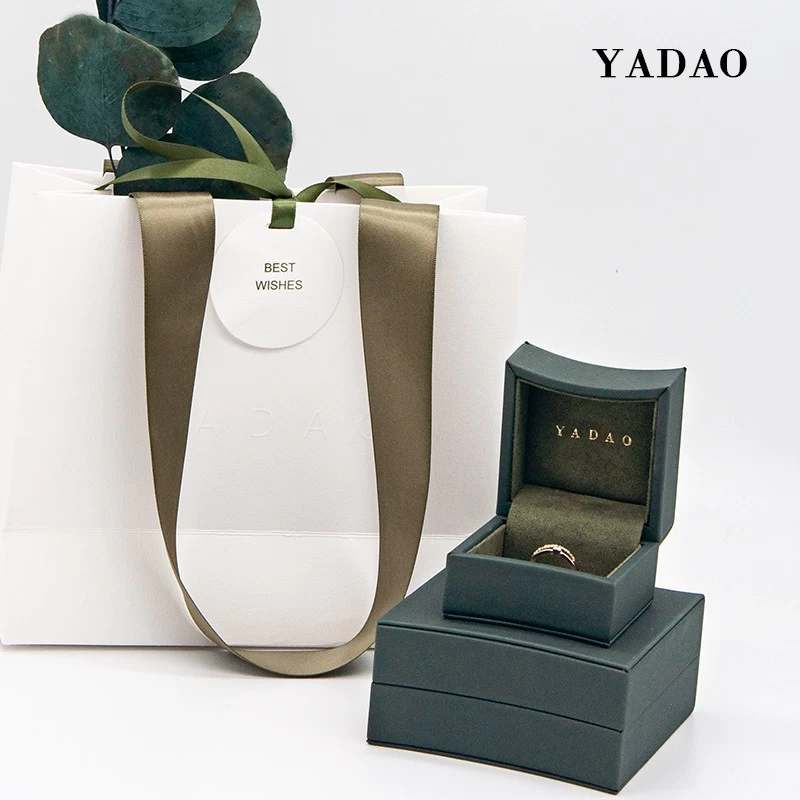
In conclusion, both handcrafted and mass-produced jewelry packaging serve distinct purposes in the industry. Handcrafted packaging appeals to consumers seeking luxury, craftsmanship, and personalization, while mass-produced packaging caters to efficiency, scalability, and cost-effectiveness. Ultimately, the choice between these two approaches depends on a brand's values, target market, and strategic objectives in balancing quality, aesthetics, and commercial viability in the competitive jewelry market.




